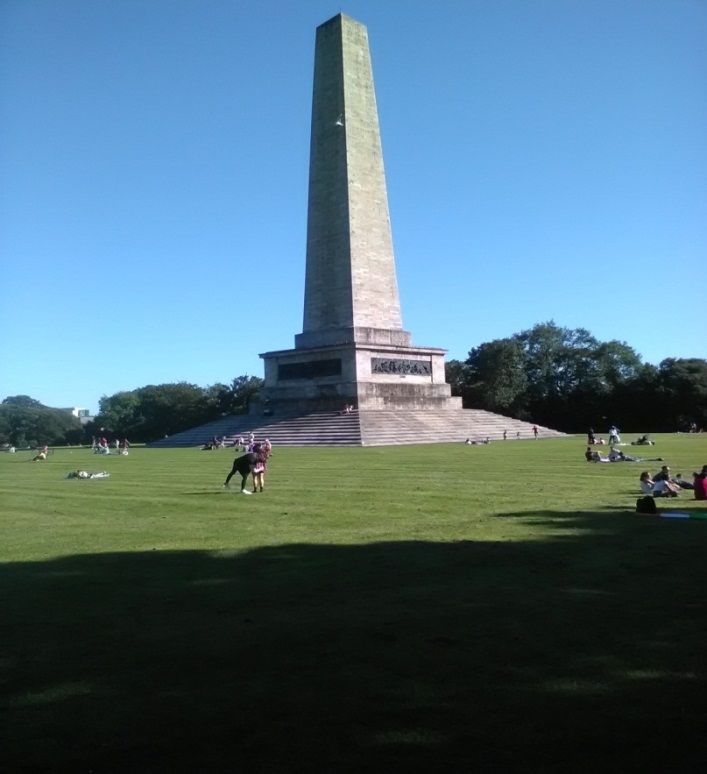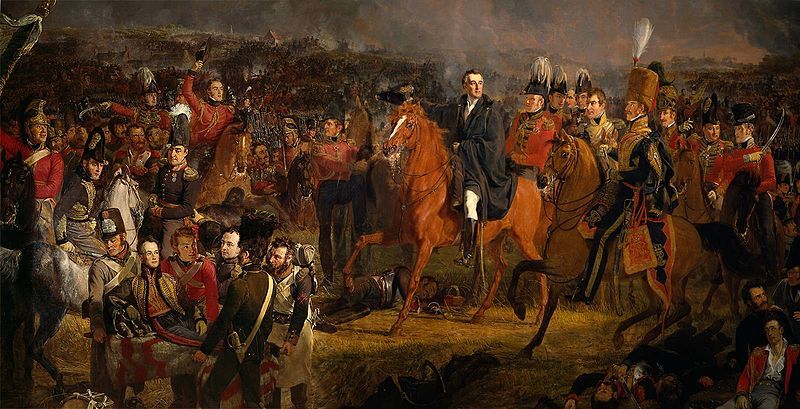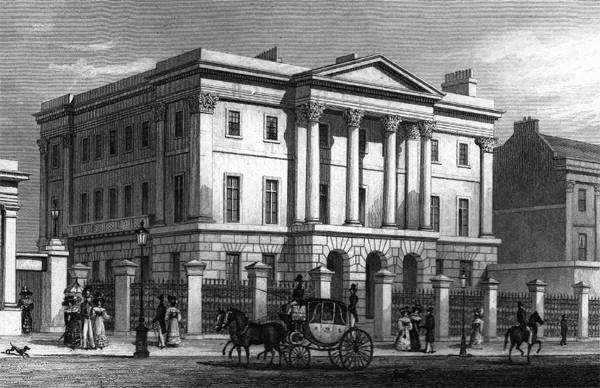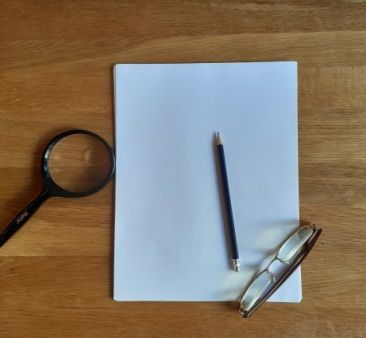An raibh a fhios agat? Did you know?
The Duke of Wellington
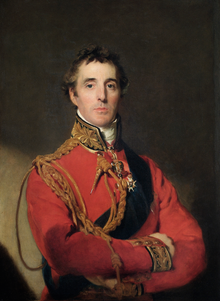 Described as a bit of an Idler and someone who was fond of frequenting ‘houses of ill repute’ in his native Dublin, Arthur Wellesley, The Duke of Wellington, is remembered in historical terms as the victor of Waterloo, the man who put manners on Napoleon. He may also have had more than a passing involvement on the issue of Catholic Emancipation in Ireland, something that will be forever associated with Daniel O’Connell, The Liberator. He was also twice Prime Minister of the United Kingdom and his name is forever associated with the fashion accessory of the multitudes, the humble Wellington boot. It has been said that he frowned upon his Irish roots to some degree. In this brief overview we will look at his life in short, his early pursuits in the city of his birth, his foray into politics and his military career.
Described as a bit of an Idler and someone who was fond of frequenting ‘houses of ill repute’ in his native Dublin, Arthur Wellesley, The Duke of Wellington, is remembered in historical terms as the victor of Waterloo, the man who put manners on Napoleon. He may also have had more than a passing involvement on the issue of Catholic Emancipation in Ireland, something that will be forever associated with Daniel O’Connell, The Liberator. He was also twice Prime Minister of the United Kingdom and his name is forever associated with the fashion accessory of the multitudes, the humble Wellington boot. It has been said that he frowned upon his Irish roots to some degree. In this brief overview we will look at his life in short, his early pursuits in the city of his birth, his foray into politics and his military career.
Introduction
We are no stranger to the name Wellington in Dublin as some of our tourist attractions bears out. The place of his birth, now part of the Merrion Hotel sits acutely aware of its significance on the avenue of affluence that is Merrion Street. On the 1st of May 1769 Arthur arrived for duty it is said. The Wellesley’s could also retire to the family pile in the lush meadows of Summerhill in county Meath. His father held the title Earl of Mornington. Two of our most iconic landmarks bear or have borne his name: The Wellington Monument in the The Phoenix Park and of course The Ha’penny Bridge or the Wellington Bridge as it was formerly known, on the Quays. The Park Testimonial or Obelisk is the tallest in Europe and is bettered in size only by the Washington monument. In terms of its beautification it has been described by Frank McNally a scribe in the ranks of the Irish Times as “that giant phallic object”, according to his colleague Brian Maye (2017) writing in the same periodical. The Wellington Bridge were once you paid the piper for the privilege of crossing the Liffey, is now the property of the daunting Dubliner full in the knowledge that the unsuspecting will fall victim to their superior grasp of the witticisms that makes them famous. Wellington himself is quoted as saying:
"What would I like the sermon to be about?
I would like it to be about ten minutes"
Strangely enough the Wellington monument (shown above) didn’t meet the same faith as some of the other empirical manifestations that were foisted upon the city, Admiral Nelson among them. He is remembered sometimes as being the first nominal Irish Astronaut helped on his way by the combustible devices of nationalism. The Wellington structure is made from granite is 62 metres tall and was designed by Sir Robert Smirke. The foundation stone was laid in 1817 but due to a lack of finance it would take another forty years for its completion. So, there it stands, an incomplete structure ( or so the scribes tell us), with the Iron Dukes reputation complete; after a fashion I suppose.
The Kildare Club
This gentleman’s’ club was a place of recreation for the well-heeled members of the Protestant Ascendency class who it is said could avail of all of the trimmings of the good life that the ordinary citizen couldn’t contemplate. It was a haunt of the young Arthur, Geoghegan asserts and he goes on to speculate that Daly’s Club leading on to the houses of parliament in Dame Street in Wellington’s time along with the Bawdy Houses ( brothels) in Temple Bar were frequented by the young rake. He also had a penchant for running up huge debts which his sister would later frown upon. The irony of the site of the Kildare Club is not lost on Freyne (2015) as it is now home to the (Alliance Française)the biggest French language school outside of France.The Iron Duke would not be impressed. He had also studied at Whyte’s Academy on Grafton Street now home to Bewley’s Cafe. Robert Emmet also studied there apparently. When you throw Thomas Moore into the mix you can see the appeal of Whyte’s. The Duke and Dublin were by all accounts well acquainted with each other and he with people who would later leave their mark on Irish society.
Arthur and Daniel
A long standing epigram forever associated with the Duke and testifying to his dislike of the country of his birth was: “being born in a stable doesn’t make you a horse”. This is discounted by Prof Patrick Geoghegan, according to (Freyne (2015) writing in the Irish Times) who posits that these words were actually the property of Daniel O’Connell at one of his famous Monster Meetings. This was done apparently to denigrate the Irish credentials of Wellington. Martin Mansergh (2019) also writing in the Irish Times shares this sentiment and indeed posits that Wellington doesn’t get the credit that he deserves. He appears to agree with the sentiments as expressed by Geoghegan that O’Connell’s utterances were of his contrivance and were not attributable to Wellington. Mansergh (2019) goes on to state that Wellington didn’t come late to the party that was the drive for Catholic Emancipation but rather forced it through much to the consternation of the then king of England George IV. Indeed he wasn’t exactly lauded within the lodges of the Orange Order either Mansergh (2019) continues. Others might argue that his sojourn in India during which time he would have missed the 1798 Rebellion, the Act of Union in 1800-1 and of course Emmet’s Rebellion in 1803, only hardened his attitude towards Catholicism.
The Politics of War
Perhaps as a result of his rakish ways his brother Lord Mornington bought him a commission in the army. His first role was that of an ensign in 1787. However, he would go on to become aid-de-camp to the lord lieutenant in Ireland according to Moran (2013), from 1787-1793. He would also see active service in Flanders, Spain and most notably in India where he served for eight years from 1797, Moran (2013) continues. Success followed success it appears as Wellington was knighted in 1804 and attained the rank of commander-in-chief during the hostilities in Spain in 1809. His penultimate military achievement was of course the famous defeat of Napoleon at Waterloo in 1815.
Waterloo
In the catalogue of carnage that ensued at the most decisive battle of the 19th century Wellington and Napoleon are seen as the most important actors. Interestingly Ronan McGreevy (2015) writing in the Irish Times draws our attention to the fact that Irish soldiers fought on both sides of the confrontation and this important fact is perhaps overlooked. Citing from the research of a Lieutenant Don Harvey on the battle, McGreevy records a figure of 8,500 Irish soldiers who took part, 2,000 of whom were either killed or wounded. What apparently saved the day for Wellington was the courage of the 27thfoot (Inniskilling fusiliers) who bore the brunt of Napoleon’s main thrust during the fighting and the arrival of von Blucher’s Prussian Army. Thus the grand coalition marshalled by Wellington carried the day. A memento of the battle if you would, would go to comprise part of the Dublin monument. At the base of the monument are four brass plaques, cast from cannons captured at Waterloo, commemorating Wellington’s military exploits.Another appropriate footnote in the struggle was that it is alleged that the recuperating powers of Guinness was administered to a cavalry officer which aided his recuperation.
On his effective retirement from the military he returned to the political world. He had held the position of MP from 1790 for Trim in county Meath the country estate of the family. Interestingly as Freyne (2015) points out, this was considered a ‘pocket borough’ as it was a matter of course that people from the Ascendency as they were called accrued such positions. The ‘Irish’ parliament sat in those days in College Green. As to his sobriquet ‘The Iron Duke’, It was during the 1830s that his London residence’ Apsley House’ was the scene of some overzealous attention from a few admiring demonstrators who broke windows in his residence. As a result he took the precaution of putting up iron shutters as a protective measure, hence the name.
Conclusion
One of the many paradoxes in the course of Irish history is that one of Britain’s most famous military leaders and subsequent Prime Ministers was Irish. If we were to take the sentiments of some contributors to the story of Wellington you might arrive at the conclusion that from an Irish perspective he lies somewhere in the realms of purgatory and paradise. The neutral observer might express the view, in the context of Waterloo, that it was the collision of empirical powers and their lieutenants putting down a marker of sorts for what was to come. It might be safe to say that it was a decisive battle at a turbulent time in the history of Europe. Wellington like Napoleon will have his detractors. The convention of colloquialism can sometimes save sanity so suffice it to say that he was of Anglo-Irish descent with a penchant for the prolongation of the status quo. He would meet his own Waterloo on September 14th 1852. Twice Prime Minister of the Britain-not bad for an idler.
Antóin Ó Lochraigh. Bard & Soloist
Bibliography
Biggs.F. (2016) Pocket-Irish Wit & Wisdom.Gill Books. Dublin, Ireland. EU.
Freyne.P. (2015) The Duke of Wellington’s drunken Dublin years. The Irish Times, Dublin Ireland.
Mansergh.M. (2019) The Duke of Wellington and Ireland. The Irish Times. Dublin Ireland.
Maye.B. (2017) Glory and folly – An Irishman’s Diary on the Wellington Monument. The Irish Times, Dublin Ireland.
Moran.S. (2013) Great Irish People. Liberties Press, Dublin, Ireland.
McGreevy.R. (2015) Just how many Irish fought at the Battle of Waterloo? The Irish Times. Dublin Ireland.
Wikipedia . Accessed on 29th.April 2021.Shepherd. T.(1829) Sketching of Apsley House
Wikipedia. A portrait of Wellington by Thomas Lawrence (Accessed 16th April 2021).
Wikipedia. Wellington at the Battle of Waterloo. Details of a painting by Jan Willem Pieneman.www.rijksmuseum.nl. Accessed 23rd.April 2021.
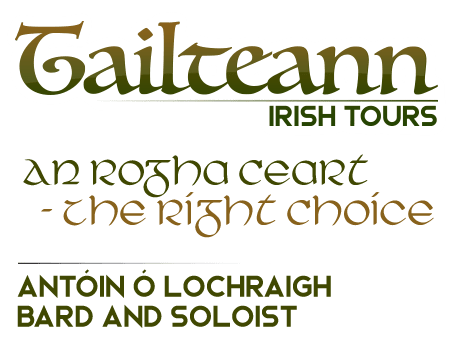
What You Can Expect
A walk through Dublin City in the company of a native Dubliner with the emphasis on history, culture and the great Irish ability to tell a story and to sing a song. In addition, and at no extra cost an actual rendition of a self-penned verse or perhaps a spot of warbling. I'd like to share my love of history with you, after all the past is our present and should be part of our future.
About The Tours
Tours are in English, with Irish translations, where appropriate. I also speak Intermediate level Dutch. Duration: 3 hours approx., with a short break in-between. Tour prices and booking options are available in the booking section.
The contact hours are Monday to Sunday, 09:00 - 20:00 IST.
Special Options
We can also arrange a half-day private tour for a maximum of twelve people. This incorporates a collection of parts of our three Tours combined. Tour duration 4-5 hours approx. A break for refreshments in between. Group of 2: €50 per person, Group of 3: €30 p.p., Group of 4 or more: €25 p.p. Refreshments: €10 approx. (This is an extra). Please contact us for details.
Copyright ©2025 Tailteann Tours
Designed by Aeronstudio™


